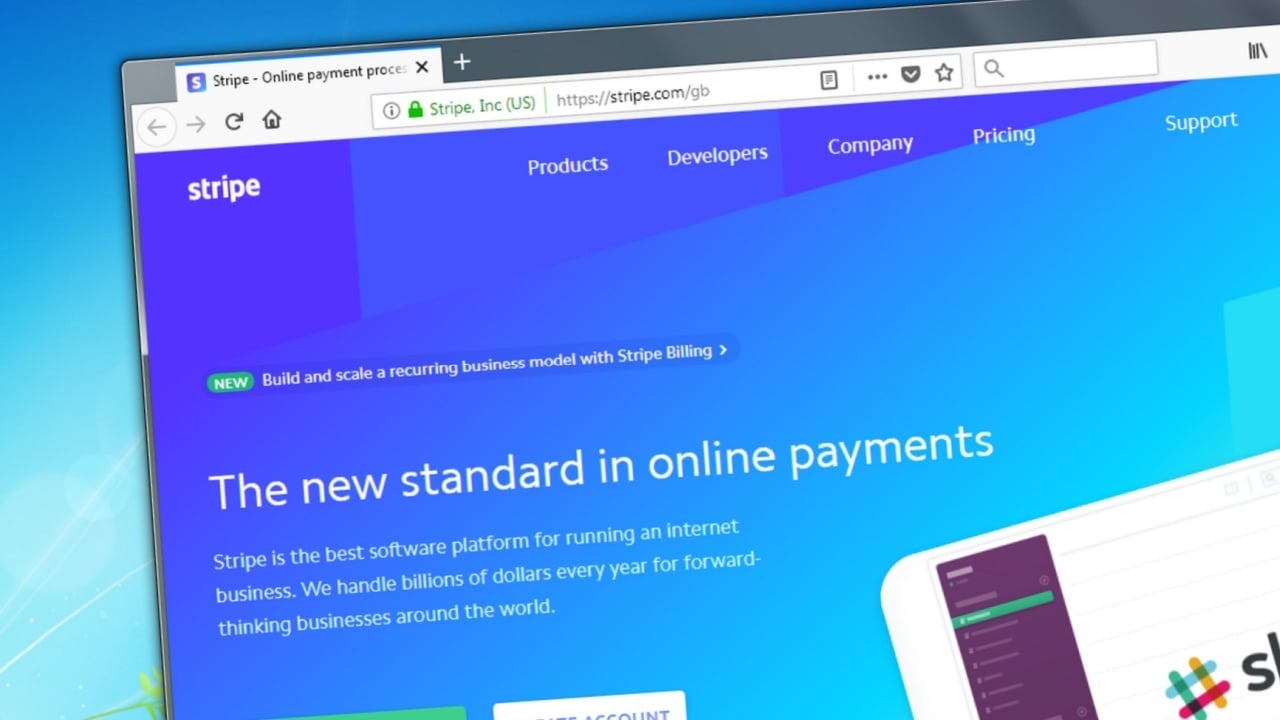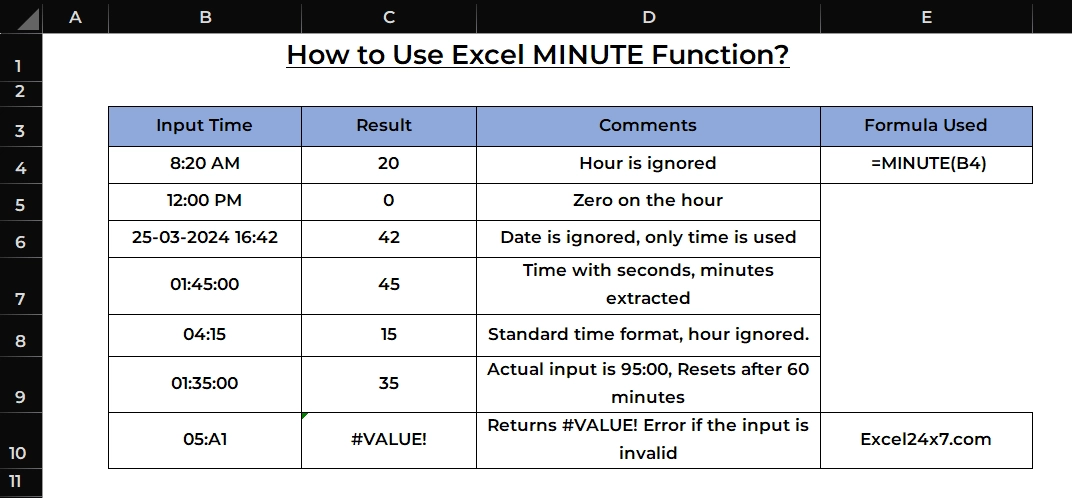Enhancing Privacy in Arbitrum: Bridging Blockchain Confidentiality with Modern Innovations
Abstract This post explores how privacy is evolving on blockchain platforms, with a focus on Arbitrum’s innovative privacy solutions. We discuss Arbitrum’s role in enhancing blockchain confidentiality by leveraging optimistic rollups, cryptographic tools like Zero-Knowledge Proofs, ring signatures, and stealth addresses. The post also delves into real-world applications from finance to NFT marketplaces, examines challenges such as regulatory compliance and computational overhead, and forecasts future trends. Through detailed analysis, technical explanations, tables, and bullet lists, this comprehensive guide aims to empower developers and enthusiasts in balancing transparency with user privacy while embracing modern blockchain innovations. Introduction Blockchain technology is transforming digital transactions through decentralization and security. Yet, its inherent transparency often poses challenges when it comes to protecting user privacy. As blockchain adoption surges, particularly with layer 2 solutions like Arbitrum developed by Offchain Labs, clear solutions are emerging to reconcile openness with confidentiality. This post discusses the evolution of privacy on Arbitrum and highlights how modern innovations, from cryptographic techniques to NFT privacy measures, are redefining what blockchain confidentiality means. In recent years, privacy-focused protocols have gained importance. With Arbitrum’s use of optimistic rollups to reduce network congestion and fees, integrating advanced privacy features is essential to protect sensitive data. This article reviews the background, core features, practical applications, challenges, and future trends in enhancing privacy in decentralized ecosystems. Background and Context Blockchain’s journey started with Bitcoin in 2009, focusing on transparency and immutability. However, as blockchain technology expanded to include smart contracts, decentralized finance (DeFi), and non-fungible tokens (NFTs), concerns over public transaction data came to the forefront. With every transaction recorded on-chain, sensitive user and enterprise data can be exposed. Layer 2 solutions such as Arbitrum address Ethereum’s scalability issues by processing transactions off-chain and then bundling them for submission on-chain. This process, known as optimistic rollups, dramatically reduces gas fees and network congestion. Despite these advantages, the need for privacy-enhancing techniques remains. Modern privacy in blockchain is increasingly powered by advanced cryptographic methods: Zero-Knowledge Proofs (ZKPs): Enable one party to prove the accuracy of information without disclosing sensitive details. Ring Signatures: Help obscure the true source of a transaction by blending signatures from multiple users. Stealth Addresses: Generate unique addresses for individual transactions, thwarting attempts to trace funds. Mixers: Shred the transaction trail by pooling and reordering inputs and outputs. Additionally, NFT collections such as the Zora NFT Collection and Zed Run NFT Collection are integrating these privacy measures, ensuring that the identities of creators and buyers remain discreet. Similarly, projects like World of Women NFT Collection: Yam Karkai Zuzalu have sparked discussions about balancing creative openness with data privacy. By merging transparency with privacy, the blockchain ecosystem now focuses on delivering both trust and confidentiality, a dual requirement that modern solutions on platforms like Arbitrum are well-positioned to address. Core Concepts and Features Arbitrum leverages modern cryptographic techniques along with its scalable infrastructure to redefine blockchain privacy. Here, we detail the core concepts and features that are foundational in this technological evolution. Arbitrum’s Optimistic Rollups Arbitrum’s primary function is based on optimistic rollups. It gathers multiple off-chain transactions into a single batch and subsequently submits them to the Ethereum main chain. This strategy improves throughput and reduces fees while inheriting Ethereum’s security features. However, because the final data is on-chain, additional privacy layers are critical to safeguarding user information. Cryptographic Privacy Solutions Zero-Knowledge Proofs (ZKPs): ZKPs enable users to validate a transaction without revealing its underlying data. This is particularly useful in verifying the correctness of transactions aggregated through zk-rollups, ensuring that sensitive financial details or user identities are protected. Ring Signatures: These signatures blend multiple potential signers, thereby anonymizing the actual transaction initiator. This cryptographic approach is highly effective in preserving anonymity while ensuring transaction integrity. Stealth Addresses: Each transaction involving stealth addresses generates a unique identifier. This method minimizes the risk of tracking fu
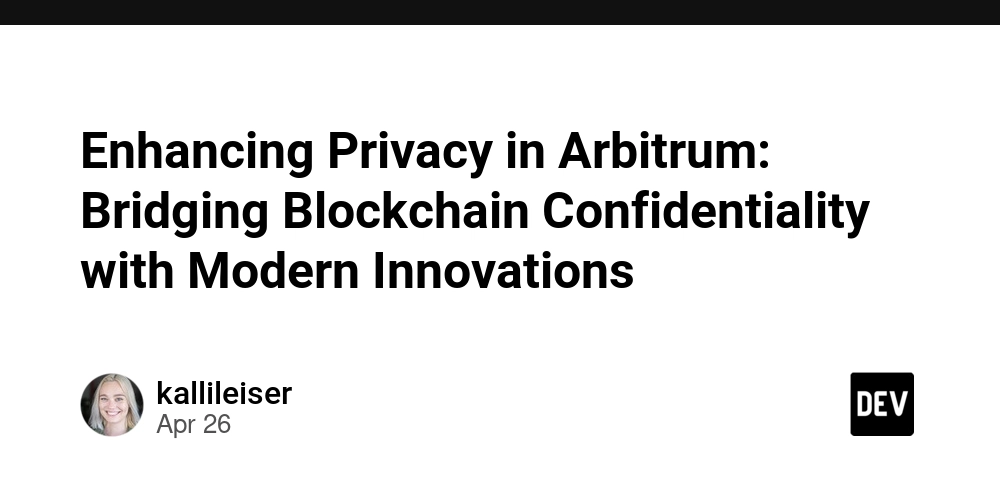
Abstract
This post explores how privacy is evolving on blockchain platforms, with a focus on Arbitrum’s innovative privacy solutions. We discuss Arbitrum’s role in enhancing blockchain confidentiality by leveraging optimistic rollups, cryptographic tools like Zero-Knowledge Proofs, ring signatures, and stealth addresses. The post also delves into real-world applications from finance to NFT marketplaces, examines challenges such as regulatory compliance and computational overhead, and forecasts future trends. Through detailed analysis, technical explanations, tables, and bullet lists, this comprehensive guide aims to empower developers and enthusiasts in balancing transparency with user privacy while embracing modern blockchain innovations.
Introduction
Blockchain technology is transforming digital transactions through decentralization and security. Yet, its inherent transparency often poses challenges when it comes to protecting user privacy. As blockchain adoption surges, particularly with layer 2 solutions like Arbitrum developed by Offchain Labs, clear solutions are emerging to reconcile openness with confidentiality. This post discusses the evolution of privacy on Arbitrum and highlights how modern innovations, from cryptographic techniques to NFT privacy measures, are redefining what blockchain confidentiality means.
In recent years, privacy-focused protocols have gained importance. With Arbitrum’s use of optimistic rollups to reduce network congestion and fees, integrating advanced privacy features is essential to protect sensitive data. This article reviews the background, core features, practical applications, challenges, and future trends in enhancing privacy in decentralized ecosystems.
Background and Context
Blockchain’s journey started with Bitcoin in 2009, focusing on transparency and immutability. However, as blockchain technology expanded to include smart contracts, decentralized finance (DeFi), and non-fungible tokens (NFTs), concerns over public transaction data came to the forefront. With every transaction recorded on-chain, sensitive user and enterprise data can be exposed.
Layer 2 solutions such as Arbitrum address Ethereum’s scalability issues by processing transactions off-chain and then bundling them for submission on-chain. This process, known as optimistic rollups, dramatically reduces gas fees and network congestion. Despite these advantages, the need for privacy-enhancing techniques remains.
Modern privacy in blockchain is increasingly powered by advanced cryptographic methods:
- Zero-Knowledge Proofs (ZKPs): Enable one party to prove the accuracy of information without disclosing sensitive details.
- Ring Signatures: Help obscure the true source of a transaction by blending signatures from multiple users.
- Stealth Addresses: Generate unique addresses for individual transactions, thwarting attempts to trace funds.
- Mixers: Shred the transaction trail by pooling and reordering inputs and outputs.
Additionally, NFT collections such as the Zora NFT Collection and Zed Run NFT Collection are integrating these privacy measures, ensuring that the identities of creators and buyers remain discreet. Similarly, projects like World of Women NFT Collection: Yam Karkai Zuzalu have sparked discussions about balancing creative openness with data privacy.
By merging transparency with privacy, the blockchain ecosystem now focuses on delivering both trust and confidentiality, a dual requirement that modern solutions on platforms like Arbitrum are well-positioned to address.
Core Concepts and Features
Arbitrum leverages modern cryptographic techniques along with its scalable infrastructure to redefine blockchain privacy. Here, we detail the core concepts and features that are foundational in this technological evolution.
Arbitrum’s Optimistic Rollups
Arbitrum’s primary function is based on optimistic rollups. It gathers multiple off-chain transactions into a single batch and subsequently submits them to the Ethereum main chain. This strategy improves throughput and reduces fees while inheriting Ethereum’s security features. However, because the final data is on-chain, additional privacy layers are critical to safeguarding user information.
Cryptographic Privacy Solutions
Zero-Knowledge Proofs (ZKPs):
ZKPs enable users to validate a transaction without revealing its underlying data. This is particularly useful in verifying the correctness of transactions aggregated through zk-rollups, ensuring that sensitive financial details or user identities are protected.Ring Signatures:
These signatures blend multiple potential signers, thereby anonymizing the actual transaction initiator. This cryptographic approach is highly effective in preserving anonymity while ensuring transaction integrity.Stealth Addresses:
Each transaction involving stealth addresses generates a unique identifier. This method minimizes the risk of tracking funds across different transactions.Mixers:
Mixers combine numerous transaction inputs and outputs, making it extremely difficult to associate funds with a particular user. Although effective, mixers must navigate stricter regulatory scrutiny.
Privacy in NFT and Data Confidentiality
The NFT market is booming, and privacy is emerging as a key concern. In highly valued digital assets, anonymous ownership and transactions are becoming essential. NFT projects safeguard artist identities, transaction records, and ownership details using privacy-enhancing signatures and unique addresses. The integration of these practices not only protects intellectual property but also helps maintain the competitive edge of NFT marketplaces.
Integration of Open-Source Licensing
Privacy on blockchains intersects with open-source licensing debates. Open-source projects strive for transparency in development while trying to protect individual data. Concerns such as those discussed in The Downside of Apache License and Why I Never Would Use It reflect the challenges of balancing open collaboration with privacy controls. Open-source communities now work to adopt licensing models that facilitate secure data sharing without compromising the community-based development model.
Table: Comparison of Privacy-Enhancing Technologies
| Technology | Key Feature | Advantages | Challenges |
|---|---|---|---|
| Zero-Knowledge Proofs | Validate transactions without exposing data | Strong confidentiality and scalability | High computational overhead; integration complexity |
| Ring Signatures | Blend multiple signatures to obscure origin | Improved anonymity; decentralization | Increased transaction size; verification overhead |
| Stealth Addresses | Unique, per-transaction addresses | Prevents transaction tracing; enhanced privacy | Requires effective metadata management |
| Mixers | Shuffle inputs and outputs for obfuscation | Effective at breaking traceability links | Regulatory challenges; potential misuse for illicit activities |
Bullet List: Key Benefits of Enhanced Privacy on Arbitrum
- Improved User Trust: Enhanced privacy leads to higher confidence among users.
- Regulatory Compliance: Adapting to global privacy standards helps meet data protection laws.
- Competitive Advantage: Enterprises can safeguard their key data without losing blockchain benefits.
- Interoperability: Privacy innovations can be integrated across multiple blockchain networks.
- Increased Adoption: Clear privacy measures encourage broader participation from businesses and individual developers.
Applications and Use Cases
The integration of privacy-enhancing solutions on Arbitrum is not merely theoretical; several practical applications have already emerged across various industries.
Financial Services
The finance industry requires high performance and strict confidentiality. Arbitrum’s layer 2 solutions facilitate private and efficient transaction processing:
- Private DeFi Platforms: Applications use zk-rollups and stealth addresses to allow anonymous transactions while retaining accountability.
- Secure Payment Channels: Techniques like mixers and ring signatures protect users’ financial history from prying eyes while preserving transactional integrity.
Financial institutions benefit significantly from these advancements by reducing risks associated with data breaches while meeting modern regulatory demands.
Supply Chain Management
Blockchain’s transparency is a double-edged sword in supply chain management. Arbitrum’s privacy solutions enable:
- Confidential Smart Contracts: Sensitive logistics data and supplier information are kept secure, reducing the risk of corporate espionage.
- Decentralized Compliance Mechanisms: Integrated privacy controls help meet international standards, ensuring that trade secrets and proprietary processes remain confidential.
- Efficient Data Handling: Enhanced privacy measures allow seamless data sharing without compromising valuable business intelligence.
NFT Marketplaces and Digital Art
Privacy in NFT marketplaces has taken on new significance amid the explosion of digital art and collectibles:
- Concealed Ownership: NFT buyers and artists can benefit from privacy features that hide personal identifiers, using techniques such as stealth addresses.
- Secure Trading: Anonymized transaction methods ensure that the provenance and sales history remain untraceable, which is essential for high-value digital assets.
- Enhanced Licensing Models: The interplay between open-source licensing and NFTs—as seen in collections by Zora NFT Collection and Zed Run NFT Collection—encourages secure creation, distribution, and ownership of digital art.
Real-Life Application Summary Table
| Industry | Application | Privacy Benefit | Technical Implementation |
|---|---|---|---|
| Financial Services | Private DeFi and Payment Channels | Increased confidentiality and user privacy | zk-Rollups, mixers, stealth addresses |
| Supply Chain | Confidential Smart Contracts | Secure handling of proprietary process data | Encrypted smart contracts, decentralized compliance |
| NFT Marketplaces | Concealed Ownership and Secure Trading | Protection of artist and buyer identity at scale | Ring signatures, stealth addresses, customizable licensing |
Challenges and Limitations
Despite the promise of enhanced privacy on Arbitrum, several challenges impede widespread adoption and seamless integration.
Technical Complexity
Privacy technologies such as Zero-Knowledge Proofs and ring signatures are computationally intensive. Their implementation can lead to slower transaction speeds and increased system complexity. As developers work to integrate these features, optimizing performance while maintaining privacy remains a central challenge.
Regulatory and Compliance Concerns
While privacy-enhancing techniques are necessary, they sometimes clash with regulatory mandates. Global data protection regulations (e.g., GDPR) require a degree of transparency and traceability that may conflict with decentralized anonymity. Balancing these often contradictory requirements demands careful design and ongoing collaboration with regulatory bodies.
Integration with Open-Source Ecosystems
Open-source projects thrive on transparency and communal oversight, which can be impeded by heavy-handed privacy measures. Concerns over platforms like Ublock Origin Dead in Chrome illustrate the friction between privacy and open-source collaboration. Developers must find a middle ground to maintain oversight while protecting private data.
Performance Trade-Offs and Economic Constraints
Deploying comprehensive privacy solutions may slow down transaction throughput and increase operational costs. Smaller projects and startups might struggle to finance these improvements. Balancing enhanced security with the need for efficiency and cost-effectiveness remains a pressing issue.
User Experience and Adoption
Advanced privacy tools are often complex and present a steep learning curve for non-technical users. User-friendly interfaces and educational resources are required to encourage adoption and ensure that privacy innovations are accessible to a broader audience.
Future Outlook and Innovations
The future of blockchain privacy looks promising as technological advances continue to refine privacy techniques. Emerging trends include:
Enhanced Cryptographic Protocols
Continual advances in cryptography will improve the efficiency of Zero-Knowledge Proofs and ring signatures. Future innovations may lower the computational overhead and enable even tighter privacy controls without compromising system speed.
Cross-Chain Privacy Solutions
Interoperability between different blockchain networks is becoming increasingly essential. Future frameworks may allow secure, cross-chain privacy protocols that protect user data seamlessly, regardless of the underlying blockchain.
User-Centric Developments
Developers are investing in improved user interfaces and comprehensive toolkits that simplify privacy features. As these tools mature, even non-technical users will be able to control their data privacy seamlessly, boosting adoption across decentralized applications (dApps).
Regulatory Collaboration
Adaptive regulatory frameworks are emerging as governments work to balance privacy with accountability. Closer collaboration between the blockchain community and regulators should lead to guidelines that support robust privacy while ensuring that data remains accessible when legally necessary.
NFT Ecosystem Integration
Privacy innovations will likely extend their reach within NFT marketplaces. Future NFT platforms will offer enhanced tools for anonymous trading and secure ownership without sacrificing transparency. These improvements will further secure collections like those from World of Women NFT Collection: Yam Karkai Zuzalu and foster innovation throughout the digital art space.
Additional Perspectives from the Developer Community
Discussions around open-source and blockchain privacy continue on platforms like Dev.to where developers share insights on related topics. For example, you might find fascinating perspectives on navigating the evolving landscape of open source project funding and Arbitrum’s role in shaping decentralized data availability. These contributions offer practical advice and innovative methods that further enrich the conversation around privacy and scalability in blockchain environments.
Summary
Privacy remains a crucial aspect of blockchain innovation. Through Arbitrum’s strategic integration of optimistic rollups and advanced cryptographic tools, platforms can provide robust privacy without sacrificing the inherent benefits of transparency and decentralization. The evolution is evident across industries—from secure financial transactions and confidential supply chain management to privacy-first NFT marketplaces.
While technical complexities, regulatory hurdles, and economic constraints present challenges, the future is promising. Enhanced cryptographic protocols, cross-chain solutions, improved user experiences, and closer regulatory collaboration will underpin further advances. This integrated approach is essential to realizing a blockchain ecosystem that is both scalable and secure.
For developers, investors, and enthusiasts, understanding these innovations and challenges is vital. The detailed exploration of innovative privacy solutions on Arbitrum not only empowers stakeholders to adopt effective measures today but also prepares them for the transformative advances of tomorrow.
As the blockchain world continues to evolve, embracing these new techniques ensures that the dual needs for transparency and privacy are met. We encourage you to dive deeper into this subject by reading the original article on Enhancing Privacy in Arbitrum: Bridging Blockchain Confidentiality with Modern Innovations and explore further insights from related projects and community discussions.
By actively engaging with these developments, you can help shape a future where blockchain technology is not only efficient and transparent but also secure and private—a future that benefits developers, organizations, and users alike.
Stay informed, stay secure, and join the movement toward a more private and scalable digital world.






























































































































































![[The AI Show Episode 143]: ChatGPT Revenue Surge, New AGI Timelines, Amazon’s AI Agent, Claude for Education, Model Context Protocol & LLMs Pass the Turing Test](https://www.marketingaiinstitute.com/hubfs/ep%20143%20cover.png)












































































































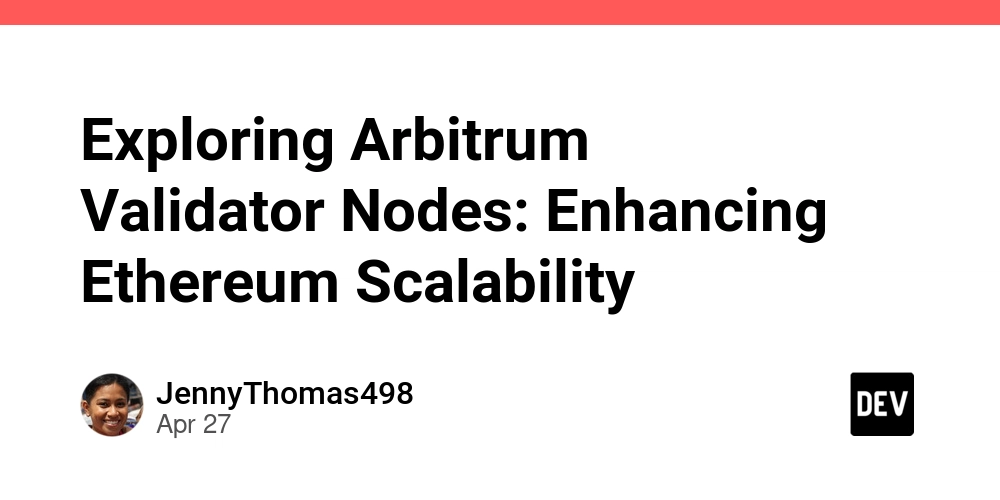

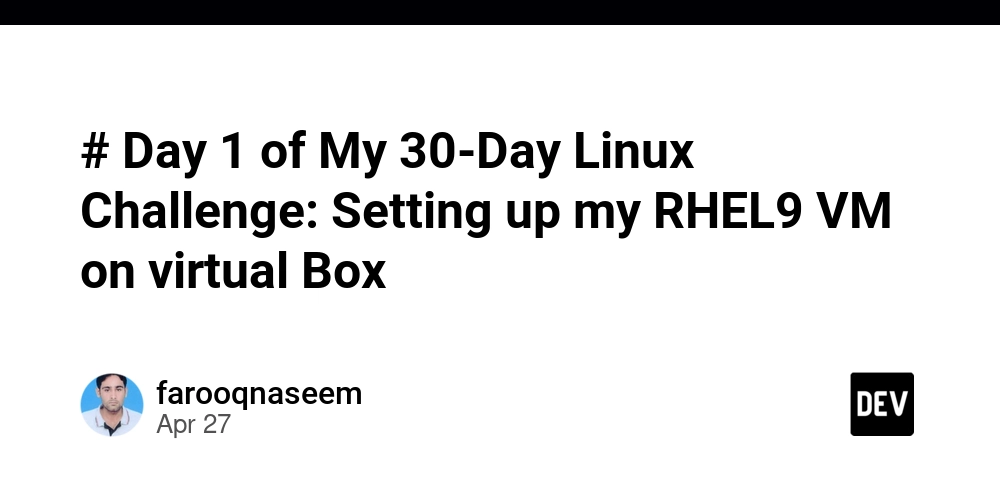
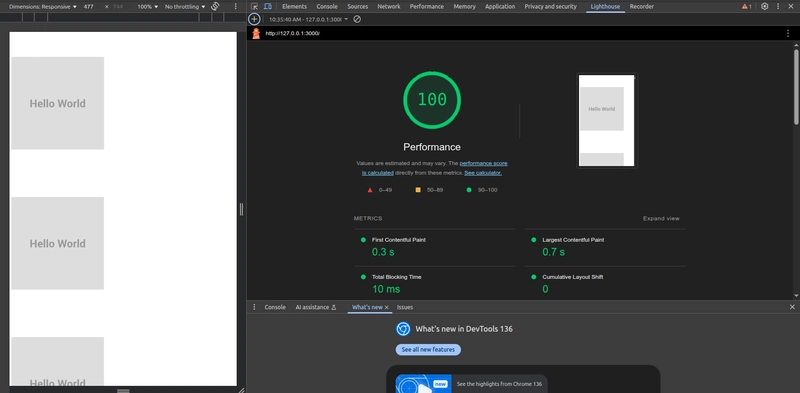











![[FREE EBOOKS] AI and Business Rule Engines for Excel Power Users, Machine Learning Hero & Four More Best Selling Titles](https://www.javacodegeeks.com/wp-content/uploads/2012/12/jcg-logo.jpg)














































































































































 CISO’s Core Focus.webp?#)

























































































![Hostinger Horizons lets you effortlessly turn ideas into web apps without coding [10% off]](https://i0.wp.com/9to5mac.com/wp-content/uploads/sites/6/2025/04/IMG_1551.png?resize=1200%2C628&quality=82&strip=all&ssl=1)




![This new Google TV streaming dongle looks just like a Chromecast [Gallery]](https://i0.wp.com/9to5google.com/wp-content/uploads/sites/4/2025/04/thomson-cast-150-google-tv-1.jpg?resize=1200%2C628&quality=82&strip=all&ssl=1)











![iPadOS 19 May Introduce Menu Bar, iOS 19 to Support External Displays [Rumor]](https://www.iclarified.com/images/news/97137/97137/97137-640.jpg)

![Apple Drops New Immersive Adventure Episode for Vision Pro: 'Hill Climb' [Video]](https://www.iclarified.com/images/news/97133/97133/97133-640.jpg)






































































































